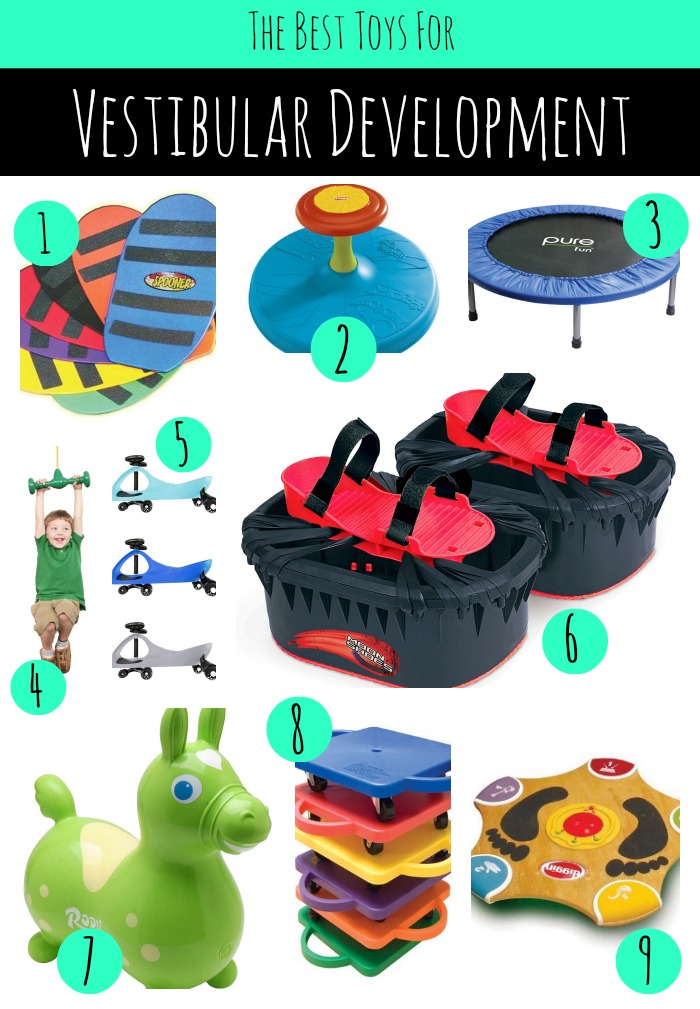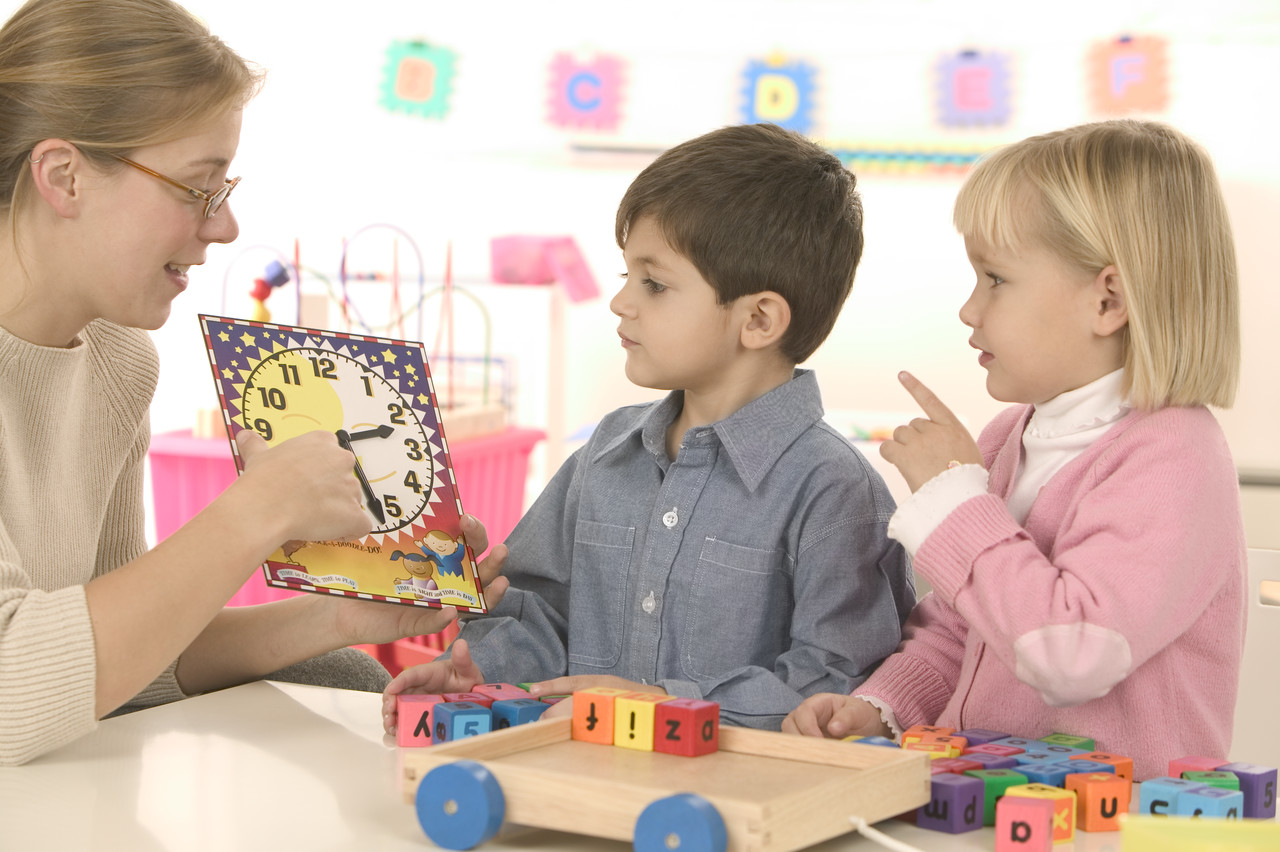
If you’re anything like me, you entered special education, social work, speech-language, or counseling for the IEP paperwork, right? Oh, wait yeah…no! Well, nevertheless, it’s part of all of our jobs for better or for worse, so here are a few tips to make you look awesome to your supervisor (and/or any lawyers you may encounter along the way…ugh).
1.Each goal should address a need your student has. If they’re eligible for special education services for a learning disability in reading fluency, math problem solving, and written expression, you should have at least one goal for each of those areas (plus, speech-language, social work, O/T, or other areas if appropriate).
2.A stranger with little to no education knowledge should be able to pick up each goal and know how to measure it. Most of our parents don’t know what terms like “fluency” mean. Instead, use “read x words per minute,” or give examples of the types of skills you’re looking for.
3.Your goal should be MEASURABLE! Things like “improve social skills” or “develop friendship skills” cause lots of headaches in legal situations. Try “spend X minutes with peers at recess,” “keep hands and feet to self for x out of x random trials,” “receive fewer than x discipline referrals,” or other measurable behaviors and skills.
4. Avoid mentioning specific curriculum names when writing goals. Something like, “read x words per minute on an AIMSweb probe,” will be impossible for another district to implement if they don’t have AIMSweb. Instead, “read x words per minute on a 3rd grade level probe,” is much more doable by any district!
 5.Back up goals, placement decisions, etc. with ACCURATE data! One of the worst IEP meetings I’ve ever been to involved a special education teacher saying she thought the child was at a 5th grade level when he was actually performing at an ending 1st grade level. His placement decisions were made on her information, which led to another IEP meeting 2 weeks later to change his placement again because official achievement assessments were performed. Know your kids and have testing, behavior charts, discipline/attendance data or other information to back it up.
5.Back up goals, placement decisions, etc. with ACCURATE data! One of the worst IEP meetings I’ve ever been to involved a special education teacher saying she thought the child was at a 5th grade level when he was actually performing at an ending 1st grade level. His placement decisions were made on her information, which led to another IEP meeting 2 weeks later to change his placement again because official achievement assessments were performed. Know your kids and have testing, behavior charts, discipline/attendance data or other information to back it up.
6.Include the student in the process whenever possible. I personally love having students attend meetings, but if that is not appropriate in a particular situation, get their thoughts beforehand. What do they see as their needs? If they had a magic wand and could change something at school, what would they do? What are they really good at? Not only can it help guide the team, it gives them ownership over their own program and teaches self-advocacy and self-reflection skills!
7.Keep track of your deadlines! Highlight, sticky note, phone alarm – do whatever you have to do! 60 days, 10 school days, whatever they are. You don’t want to miss them. I’ve been involved in too many due process situations because someone missed a timeline. NOT worth it! 
8.IEPs are legal documents. So, make sure you proofread for grammatical/spelling errors. Don’t forget to capitalize job titles, names, etc. Double check their/there/they’re, affect/effect, its/it’s, etc. too. You work in education!
9.If you used a version of another student’s goal, make sure you changed the name. We never do that, right?! Yeah…oops.
10.Don’t forget the reason for the paperwork. Sure, state and federal regulations may feel like the bane of our existence, especially come May, but we’re in it for the kids! Our goal is to help them learn the skills and have the confidence to live healthy, productive lives as adults. Don’t lose site of the kiddo behind the checkboxes!

For more help on goal writing and tons of social/emotional goal examples, check out my Social Emotional Goal Writing Guide!




















